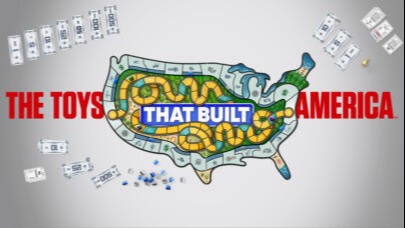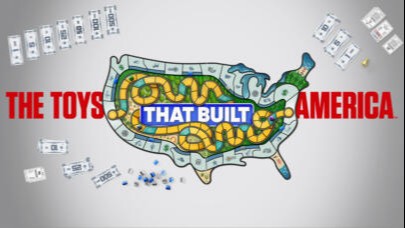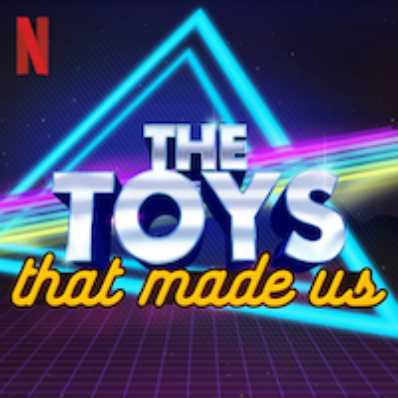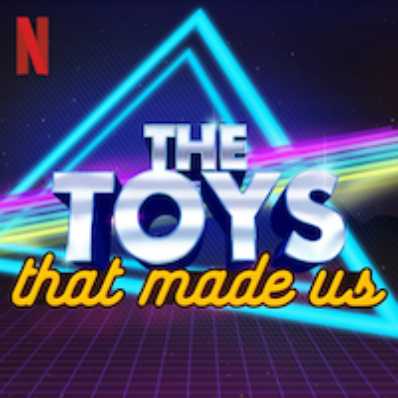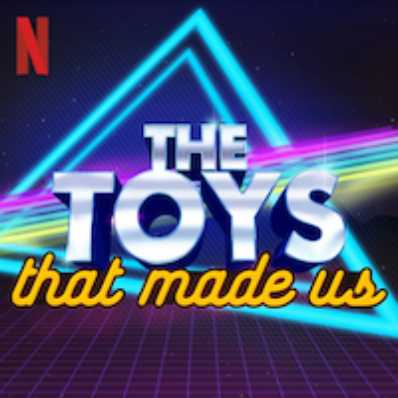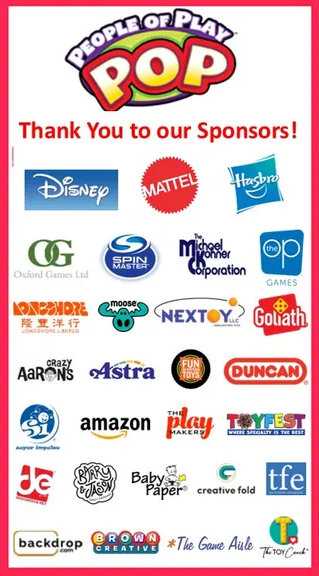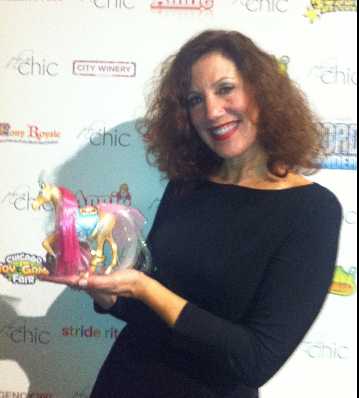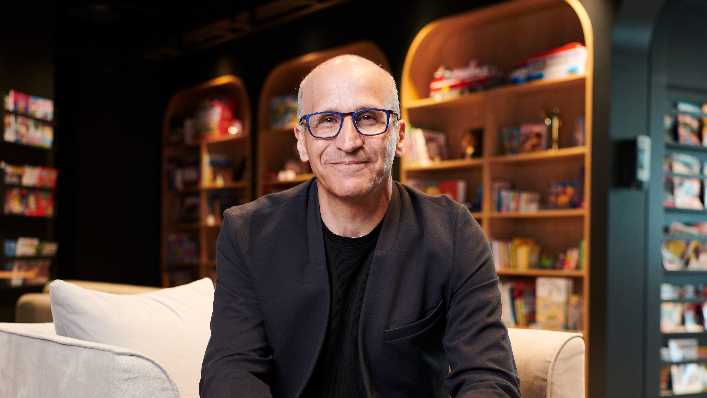The Toys That Built America is back for a second season, this time with eight full length episodes and two bonus 20-minute episodes. Covering more of America’s favorite toys, the history of many different companies, toys, games, and inventors are all explored. This season features the rise of video games and video game consoles, building based toys like LEGO, the Erector Set, and Mecano, Jenga, Tetris, Rubik’s Cube, Cabbage Patch Kids, the rise of technology finding its way into toys, and Mario Bros. vs. Sonic. The two bonus episodes cover the strange but successful “gross out” toys and the different toys that have caused Christmas crazes. Season two of The Toys That Built America delivers viewers more of that entertaining education that made season one such a success.
Episode 1: Masters of the Toy Universe
Episode 1 of The Toys That Built America jumps right into the battle between Kenner and Mattel. After many other companies passed, Bernie Loomis of Kenner agrees to create a toy line for Star Wars. He had no way of knowing how much of a success the film was going to be, and after just the first movie and toy line came out, Star Wars single handedly doubled Kenner’s net worth. Meanwhile, Mattel needs a toy line to compete with Kenner’s Star Wars line, so they pick up the license for Battlestar Galactica, which brings them prosperity for a short period of time before a tragic choking incident sparks backlash and causes Mattel to recall their toys. Still trying to compete with Star Wars, they try Conan the Barbarian, only to be shocked by the adult rating of the film. Finally, rebranding to He-Man and Masters of the Universe, Mattel finds success. Over the course of many years, these companies gave America some of the most classic toy lines in history, and through informative narration and entertaining live action reenactments of the most important moments, episode one tells their stories perfectly.
Episode 2: The Birth of Video Games
Episode 2 of The Toys That Built America introduces video games for the first time. The story begins with Ralph Baer, who created table tennis. He licenses it to Magnavox, and they change the name to the Magnavox Odyssey, along with many other changes that Baer was not a fan of. They attempt to find success by taking it on the road on a sort of tour, and at one of these events, Nolan Bushnell shows up, likes what he sees, and knows he can make it better. He founds Atari and creates Pong, and immediately it is a huge success. While a legal battle ensues, many changes start occurring -- people quit their jobs to start new, competing companies, thousands of new games are created, oversaturating the market, and new video game consoles come out. But at the end of the episode, viewers are left wondering: are video games just a fad?
Episode 3: The Idea Man
Episode 3 introduces the brilliant, yet slightly controversial, Marvin Glass. Marvin Glass is having trouble finding success for his toys, but when he meets Eddy Goldfarb who tells him he needs to move away from cardboard materials and toward plastic, he has an idea. Together, they create the Yakity Yak Talking Teeth, and from that moment on, Marvin Glass decides he just wants to be on the idea side of toys and games, not the manufacturing side. So, he heads up his own company, Marvin Glass Associates, an independent inventing company, the first of its kind. However, Marvin Glass was less than honest with many of his employees, not giving them the credit, or financial compensation, that they deserved. In this episode, the stories of many famous toys are told, including Mouse Trap, Rock ‘Em, Sock ‘Em Robots, and Lite-Brite, along with the many excellent ideas (and a few mistakes) that Marvin Glass created.
Episode 4: Brick by Brick
In Episode 4, viewers meet the wildly accomplished A.C. Gilbert. A co-owner of a magic company, he is one day inspired by steel girders to create a building set for kids. With his set, kids can build bridges and bridges that are taller than they are! Gilbert buys out the rest of his company and switches full time to toy making. He becomes the first person to advertise a toy nationwide, and it pays off, big time. A European company, Mecano, tries to compete, but is no match for the Erector set. It seems Gilbert has the American market locked in, that is, until LEGO comes along. The Danish company headed by the Christiansen family comes out with interlocking bricks that all fit inside of a “system,” meaning that every LEGO you purchased could fit into every other LEGO that’s every been produced. Quickly, LEGO takes over not only the American market, but the world market. Episode 4 accurately covers the rise to fame of both of these companies, whose goals were simply to inspire children to build, create, and play.
Episode 5: Order Out of Chaos
In this episode of The Toys That Built America, three games that nearly every single American has played are explored: Tetris, Jenga, and Rubik’s Cube. Switching between each story, episode 5 follows Alexey Pajitnov, a Russian computer programmer that wants to use his skills to create fun, not spying tools like the KGB wanted; Leslie Scott, who poured everything she had into the belief that her game would be a success; and Erno Rubik, a young, Hungarian professor trying to teach his architecture class about cubes when he accidentally creates a world-renowned puzzle: the Rubik’s Cube. The three young, intelligent professionals have faith not only in their games, but in themselves, and because of this faith and a lot of determination, these games are now known and played around the world. Pajitnov creates Tetris, but because he lives in communist Russia, he doesn’t own it. Counting on how fun the game is to play, Pajitnov sends the program out into the world, hoping that people would love it, and it would eventually become his ticket out of communist Russia. Rubik has a similar story, stuck in communist Hungary. He sends his puzzle to Toy Fair, and with interest from Ideal Toy Company, it becomes a huge success. Leslie Scott puts everything on the line: her car, her house, her job, her life’s savings, all to bring her game, Jenga, meaning “build” in Swahili, to market. Luckily, it is a huge success. Episode 5 truly captures what it means to not only have an amazing idea, but an amazing amount of belief in the success of your idea.
Episode 6: Cabbage Clash
Episode 6 of The Toys That Built America tells the story of a stolen idea. Martha Nelson was a folk artist who created cloth dolls that were not only one of a kind but came with adoption papers. The young and ambitious Xavier Roberts takes notice of these dolls, and asks to sell them on behalf of her, and they strike up an informal deal. However, when Nelson pulls out of the deal, Roberts tells her that he will create the dolls himself and sell them instead. Copying her design as well as her idea for adoption papers, Roberts opens Babyland General and claims the idea as his own. Named Cabbage Patch Kids, these dolls fly off the shelves of retail stores everywhere. A legal battle between Nelson and Roberts erupts, and that’s only one of Roberts’ problems. A baseball card company, Topps, after being turned down by Roberts, starts creating parody cards of the Cabbage Patch Kids, called Garbage Pail Kids, and become a huge success. Exploring what intellectual property truly means and how much of an idea one can truly own, episode 6 does an excellent job paying homage to Martha Nelson while also praising the marketing genius that Xavier Roberts is.
Episode 7: 80’s Tech Toys
In this episode, viewers learn about the history of two very different toys: the Super Soaker, created by Lonnie Johnson, and Ken Forsse’s Teddy Ruxpin bear. Both of these men took inventions that were already in almost every American household – squirt guns and stuffed teddy bears – and upgraded them using the technology of the time. Lonnie Johnson discovered that by creating pressure by pumping the water gun, water would reach targets up to 40 feet away. After creating many prototypes, jumping over a few obstacles, and a name change, Johnson’s Super Soaker hit the market, and it was a huge hit. Ken Forsse worked on animatronics, specifically for Disney, but he wanted to find a way to bring it into households. Based on a fantastical world he created in his free time, he and Don Kingsborough design and manufacture Teddy Ruxpin, a stuffed teddy bear with a slot for a cassette tape. The stuffed bear could not only tell stories to children, but its eyes and mouth also moved with the story. Like Super Soaker, Teddy Ruxpin was a huge hit, and both of these toys show just how much success lies in some technological upgrades.
Episode 8: Plumber Bros vs. Hedgehog
The final full-length episode of The Toys That Built America features three video game console companies: Nintendo, Sega, and SONY. In this high stakes, dramatic episode, Nintendo and Sega are first battling it out with their individual gaming consoles and the video games that went with them. Nintendo had the Mario Brothers, which were incredibly popular. In order to compete, Sega creates Sonic the Hedgehog. When SONY arrives and wants to form partnerships, betrayals occur, mistakes were made, and some companies never came back from the decisions they made. Packed with drama, Nintendo, Sega, and SONY battle it out over who has the best console, the best games, the best characters, and overall the best company, a competition that still lives on today.
Episode 9: Gross Out Icons
In this 20 minute bonus episode, The Toys That Built America explores the phenomenon that is “gross out” toys. From the Whoopee Cushion to slime, from Madballs to make-your-own-poo kits, these seemingly gross toys flew off the shelves. Something about slimy, green, gross things entices kids, especially young boys, and soon all of the classic toy lines were getting gross make-overs. He-Man, Teenage Mutant Ninja Turtles, and Ghostbusters are just a few examples of toys that got the “gross” treatment. Because kids will always be kids, these gross out toys will never go out of style.
Episode 10: Christmas Crazes
The final episode of The Toys That Built America visits Christmas’s past in order to dive into the history of some of the most popular toys of all time. The Shirley Temple doll, Cabbage Patch Kids, Tickle Me Elmo, Beanie Babies, and Furby were just some of the toys that flew off the shelves and incited begging, bribing, and fighting around Christmastime. These toys created such a craze that a new holiday was introduced. Episode 10 reviews the creation of Black Friday as a holiday geared specifically toward the toy industry, and comments in particular about how capitalism and consumerism has changed over time.
Related Blogs
Recent Blogs

Biographies and Interviews
Ana Maria, Founder of The Magical Underland Inc., Rings in the Holidays with a new kind of Christmas Tree
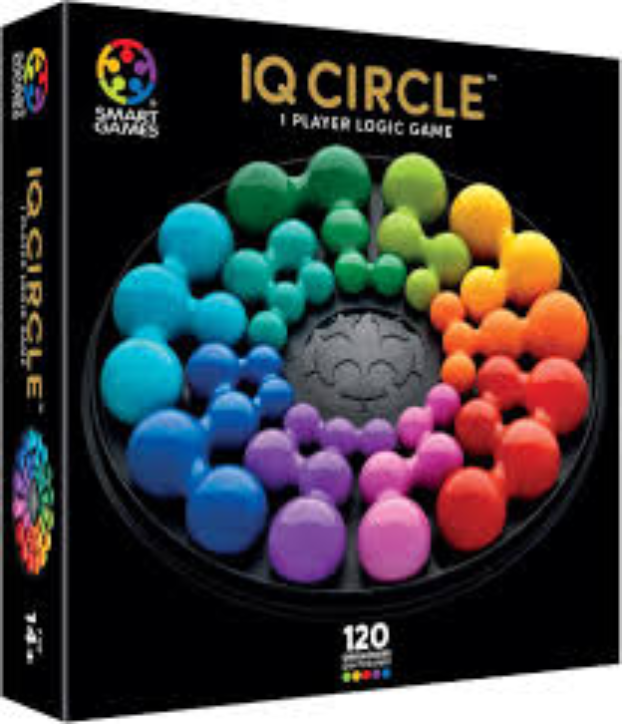
Reviews
Game Review: IQ Circle

Biographies and Interviews
Catching up with Eric Olsen, The Inventor of Flip 7 and Co-Creator of Messy Table Games

Reviews
Book Review: Happytecture by Anna Devís & Daniel Rueda

Biographies and Interviews
From Stage Lights to Game Nights: McMiller’s David & Julian on Shark Tank (Dec 10th), Viral Success & Building a Business With Your Husband
See more
Recent Wiki
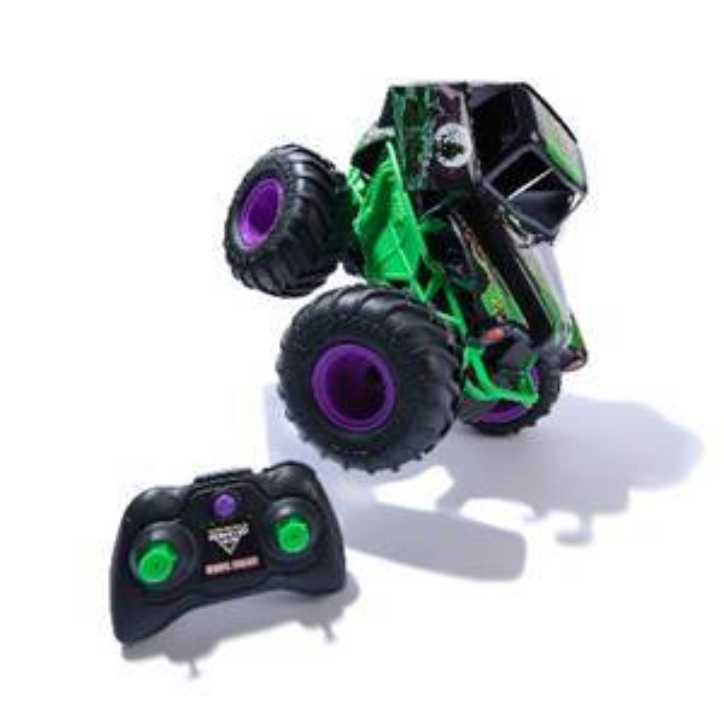
BOOK REVIEWS
Toy Review: Monster Jam Smash & Bash Grave Digger Monster Truck
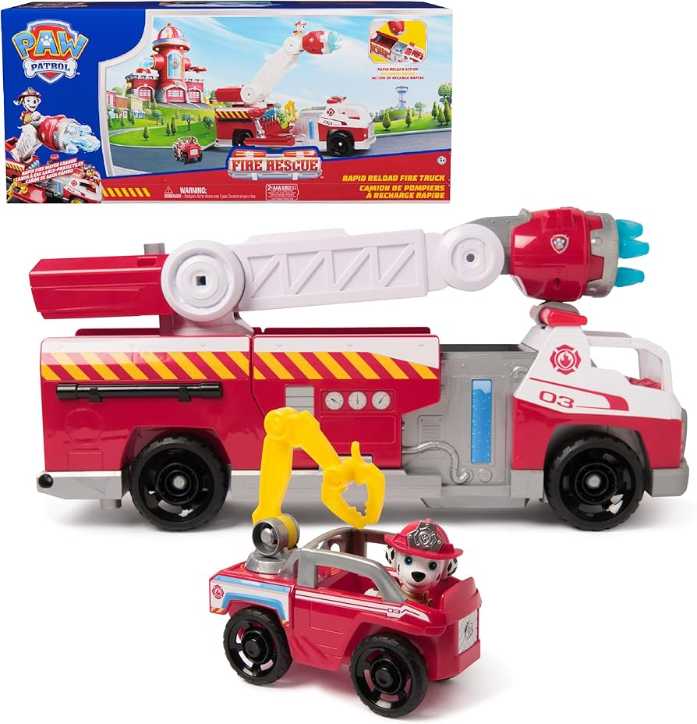
BOOK REVIEWS
Toy Review: Marshall's Rapid Rescue Fire Truck

COMPANIES
Zigazoo Secures Partnership with YouTube Star Like Nastya to Inspire Millions of Kids
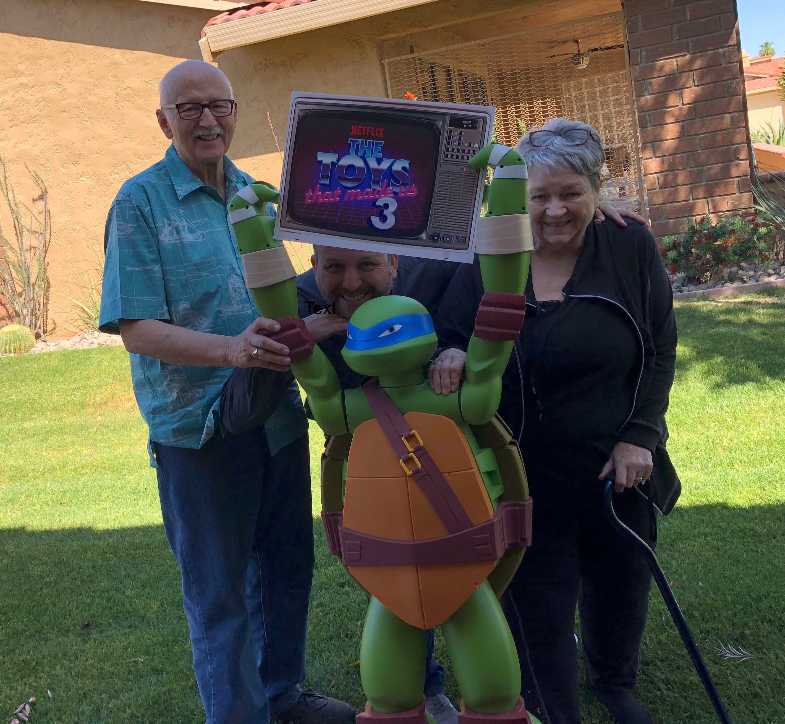
PEOPLE
A Legacy of Play: Inside the Carlson Family’s Multi-Generational Journey Through the Toy Industry
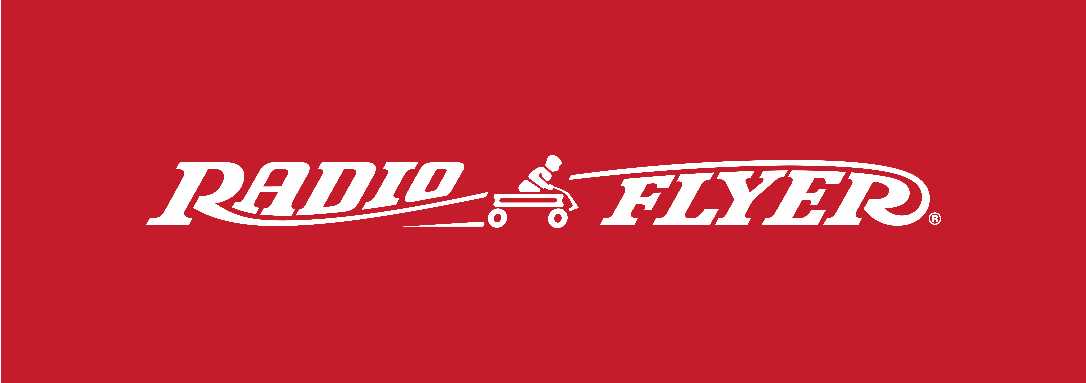
COMPANIES
Radio Flyer Studios Announces the Launch of its First Original Animated Series, Max & Maple: The Can-Do Kids
See more
POP's Got Talent

POP Entertainment
Randy Klimpert Shares his Ukulele Collection

POP Entertainment
Steve Casino Peanut Art

POP Entertainment
Everyone's Talking about POP!
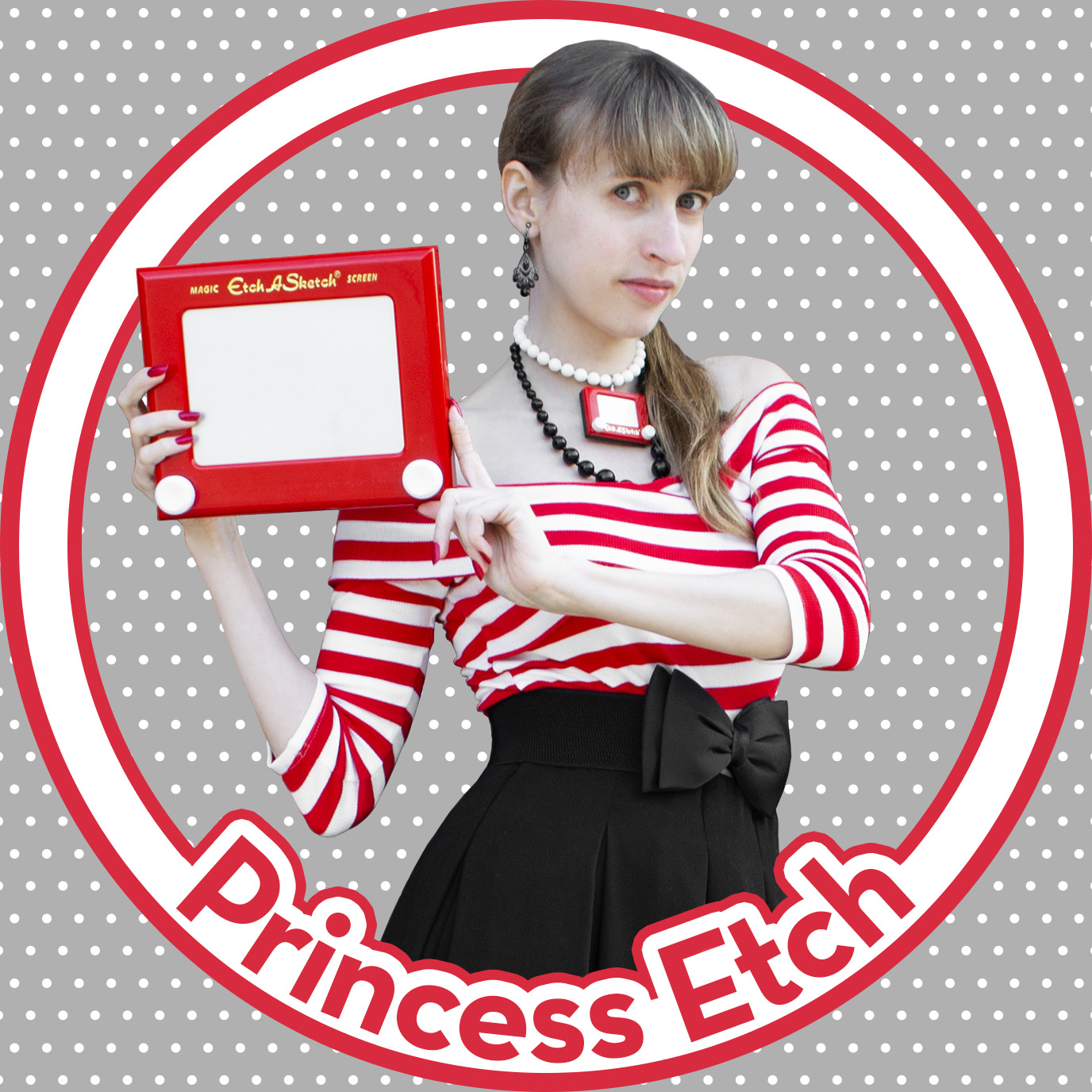
POP Entertainment
Princess Etch - a Multi-Talented Etch A Sketch Artist

POP Entertainment
Joseph Herscher of Joseph' s Machines.
See more
Recent POPcast
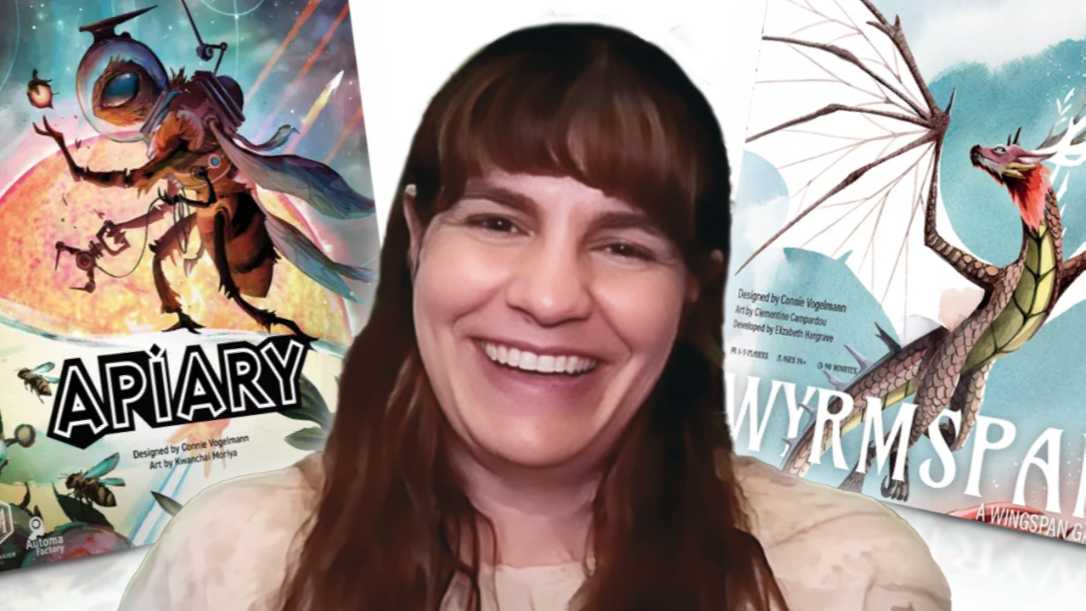
Hidden Role: The Brains Behind your Favorite Games
Connie Vogelmann designed Apiary & Wyrmspan!

Hidden Role: The Brains Behind your Favorite Games
Bob Fuhrer... Is THE Crocodile Dentist!

Hidden Role: The Brains Behind your Favorite Games
Tom Dusenberry... Bought Atari, Wizards of the Coast, and Avalon Hill!

Hidden Role: The Brains Behind your Favorite Games
Matt Leacock created Pandemic... the game!

Hidden Role: The Brains Behind your Favorite Games
Scott Brown and Tim Swindle... are Launching a New Sport!
See more
POPDuos

POPDuos: Interviews with Legends and Leaders
POPDuo: Richard Dickson, Mattel’s President & COO, and Kedar Narayan, Young Inventor Challenge AMB

POPDuos: Interviews with Legends and Leaders
POPDuo: Will Shortz and Josh Wardle

POPDuos: Legends and Leaders Explore Creativity
POP Duo: Elan Lee, Co-Founder, Exploding Kittens.and Jeff Probst, Host and Exec Producer, Survivor

POPDuos: Legends and Leaders Explore Creativity
POP Duo: David Fuhrer, MNG Director, Blue Sq Innovations & Shawn Green, past Dodgers & Mets MLB Star

POPDuos: Legends and Leaders Explore Creativity
POP Duo: Bob Fuhrer, Founder, Nextoy and Tom Fazio, Golf Course Designer
See more




